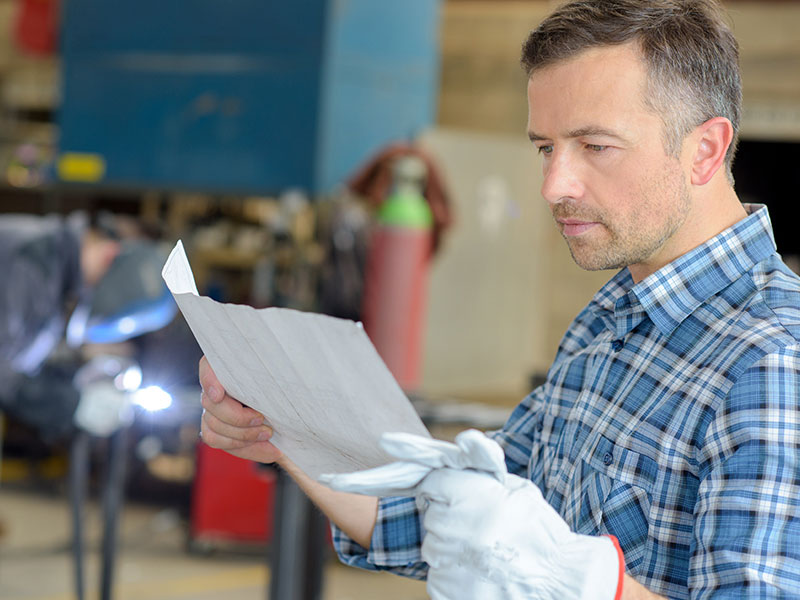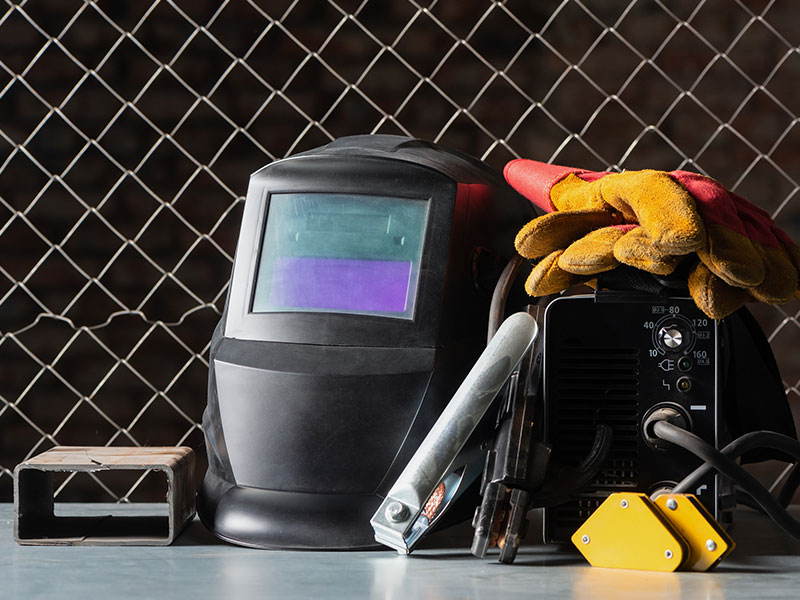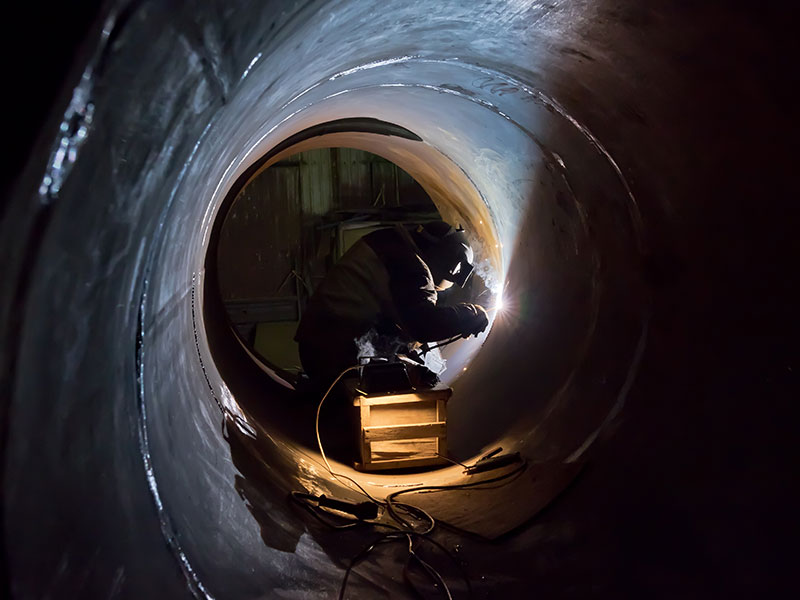Whether it’s on the job, at a vocational-technical school or in the garage at home, the first type of welding that most people learn is metal inert gas (MIG). Some refer to it by the American Welding Society’s technically accurate term, gas metal arc welding (GMAW), while others just call it wire feed; either way, it’s the most common and easiest of all welding technologies to master, one that helps beginners build confidence as they learn to weld.
In MIG welding, the machine automatically feeds a spool of solid wire—the electrode—through a welding gun. As the gun nears the weld joint, an electrical arc forms between the wire and workpiece. The resulting heat melts the wire and the area immediately around it, creating a pool that fills the joint with molten metal. The welder then moves the gun lengthwise along the joint to form a weld bead, thus creating a permanent bond between the two pieces of metal.
As with most welding processes, a shield gas such as argon or carbon dioxide is needed to protect the area from oxidation and contamination; the welding machine automatically delivers the shielding gas, too. In fact, with MIG welding, or GMAW, the operator needs to do little more than pull the trigger and manipulate the gun to complete the weld.










Talk to Us!
Good refresher for someone who just welds occasionally. Thanks.
21Your blog on MIG welding tips is incredibly informative and helpful. I appreciate the detailed insights you've provided, making it easier for beginners like me to understand the process better. Keep up the fantastic work! Visit Here
8Leave a reply
Your email address will not be published. Required fields are marked *